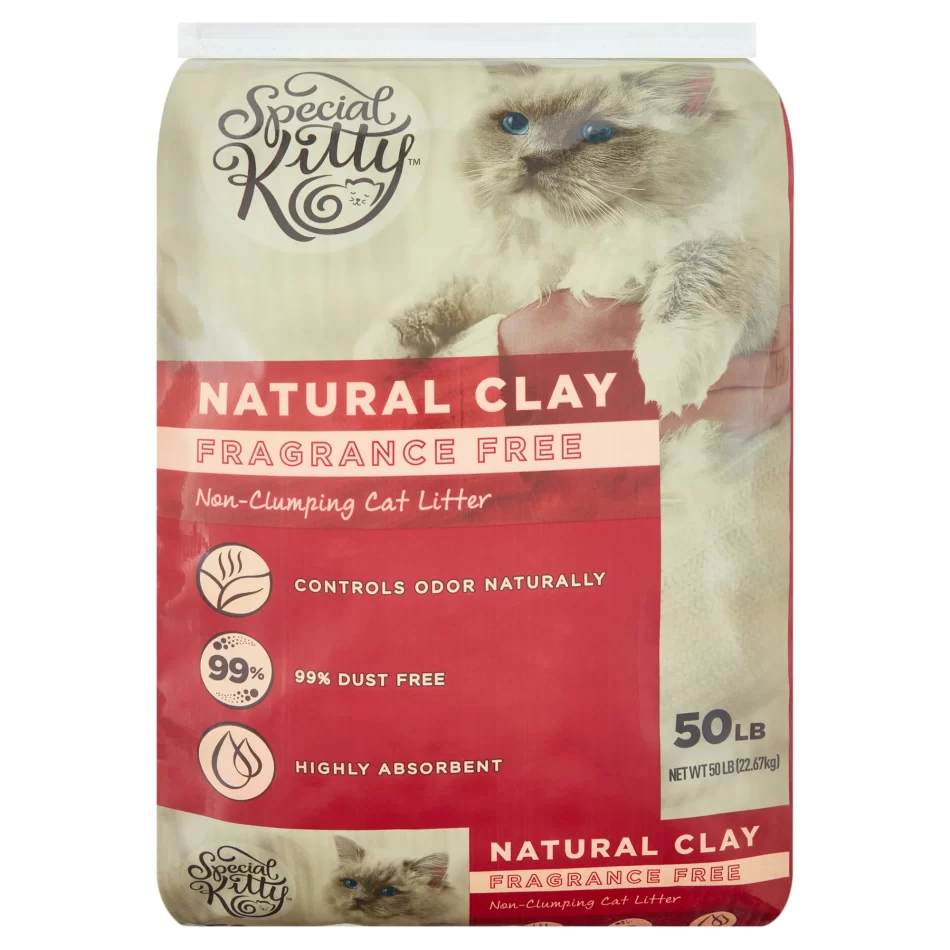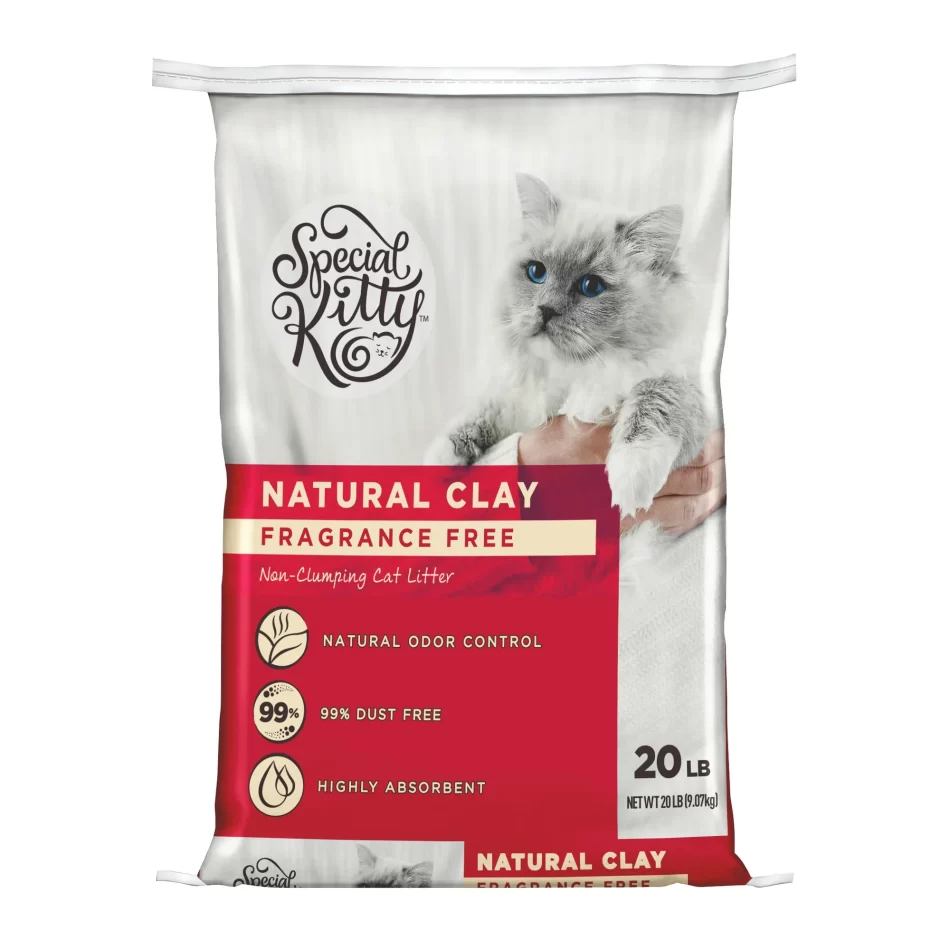I did litter box duty for many cats for several years, so allow me to share with you what I have learned about how to choose litter that will make your cat happy.
Table of Contents
Is the Type of Litter Important to a Cat?
Few things in life are more important to a cat than the litter they use every day.
Cats have a strong instinct to urinate and poop on sand or loose soil, then cover it up. By giving them a place to do this, we can go a long way towards making them happy.
With your cat’s happiness in mind, you should visit my blog post How to Make Your Cat Happy
But for now, scroll down to find out about the two categories of litter.
Clumping versus Non-Clumping Cat Litter
What is Clumping Litter?
When your cat urinates in clumping litter, the litter will absorb the urine and form a clump. This clump may be in the form of a ball or a pancake or some other configuration. It won’t be hard like a rock, but it does hold together well enough to be scooped up and removed from the litter box.
When your cat poops in clumping litter, the litter tends to stick to whatever part of the poop it touches. Since your cat will probably scratch around to cover the poop, the poop can be covered with litter.
In either case, you can scoop the “you know what” and put it into a bag, leaving the relatively clean litter in the box to await the next visit.
Since you are removing some litter when you scoop, add fresh litter to the existing litter as needed.
You will probably need to change out all the litter in the entire box about once a month.
Do not flush clumping litter down your commode as it could clog your plumbing system. Litter waste should be put in the garbage.
NOTE: There are credible people who say that kittens should not be given access to clumping litter because if a kitten should nibble on the litter, or get litter on its paws and then lick its paws, then this intake of a clumping litter could block their small digestive system.
If you have kittens, you may want to delay the use of clumping litter until they are an adult cat.
My source on this subject is the Mobile SPCA
I find clumping litter to be convenient because it isolates both urine and poop, which can then be easily removed from the litter box with a scoop.
What is Non-Clumping Litter?
When your cat urinates into non-clumping litter, the individual litter particles will absorb the urine. This cannot be scooped because the litter particles remain separated. In other words, not clumped.
The urine soaked particles are small enough to sift through a typical scooper. If you were to use a solid scooper, you would be removing a lot of litter with each scoop. The generally accepted practice is to leave the soaked litter in the box until you need to clean the entire box.
Eventually the non-clumping litter in the box may become saturated, and some of the urine may flow to the bottom of the box and pool there. With non-clumping litter, urine stays in the box until you clean the entire box. With clumping litter, urine is removed each time you scoop the box.
When your cat poops into non-clumping litter, if the poop is solid you can scoop that and put it into a bag.
You will probably need to change out all the non-clumping litter in the entire box about once a week, as compared to about once a month with clumping litter.
Even with non-clumping litter, I urge you to NOT flush this litter down the commode, but to put the litter waste into the garbage.
Is Clay a Good Cat Litter?
While there are other choices available in the marketplace, I have always used clay litter and have found it to be well accepted by the cats.
I personally have never had a problem with dust from the clay. I have always taken care to pour the litter from close up so it did not have to fall very far through the air. I have also never seen a dust problem caused by the cats scratching to cover,
If you were to experience any problem with clay litter dust, you may wish to consider wearing a mask when doing litter box duty. If you have environmental sensitivities, you may also want to wear gloves.
Clay litter is available in both clumping and non-clumping forms.
Tips to Pick a Good Cat Litter
1. Choose an unscented cat litter. Cats are confused and taken aback by unfamiliar smells.
2. Choose a package that is of a weight you can handle easily.
3. Select cardboard or paper packaging so you won’t add more plastic to the environment.
Examples of Clay Cat Litter You May Want to Try
A Clumping Cat Litter
I always used a plain clay-based clumping litter similar to this one:

SPECIAL KITTY Clumping Litter (available at Walmart.com)
A Non-Clumping Cat Litter
If you prefer non-clumping litter, or you want to use non-clumping temporarily because you have kittens, this is a product you may wish to consider:

SPECIAL KITTY Non-Clumping Litter (available at Walmart.com)
Do Cats Know to Use the Litter Box?
It is a great mystery to me as to what ancient instinct draws cats to a litter box, but I am glad for it.
I always looked at this litter box phenomenon as a partnership between the cats and me that benefitted us both. The litter I used was an important part of that agreement between us.
Ultimately it will be up to you and your cat to decide which is the best cat litter.
Important Information for You
To help you find a litter box your kitty will use, visit my blog post How to Choose a Cat Litter Box
To learn how to set up your litter box. visit my blog post How to Set Up Your Cat Litter Box
